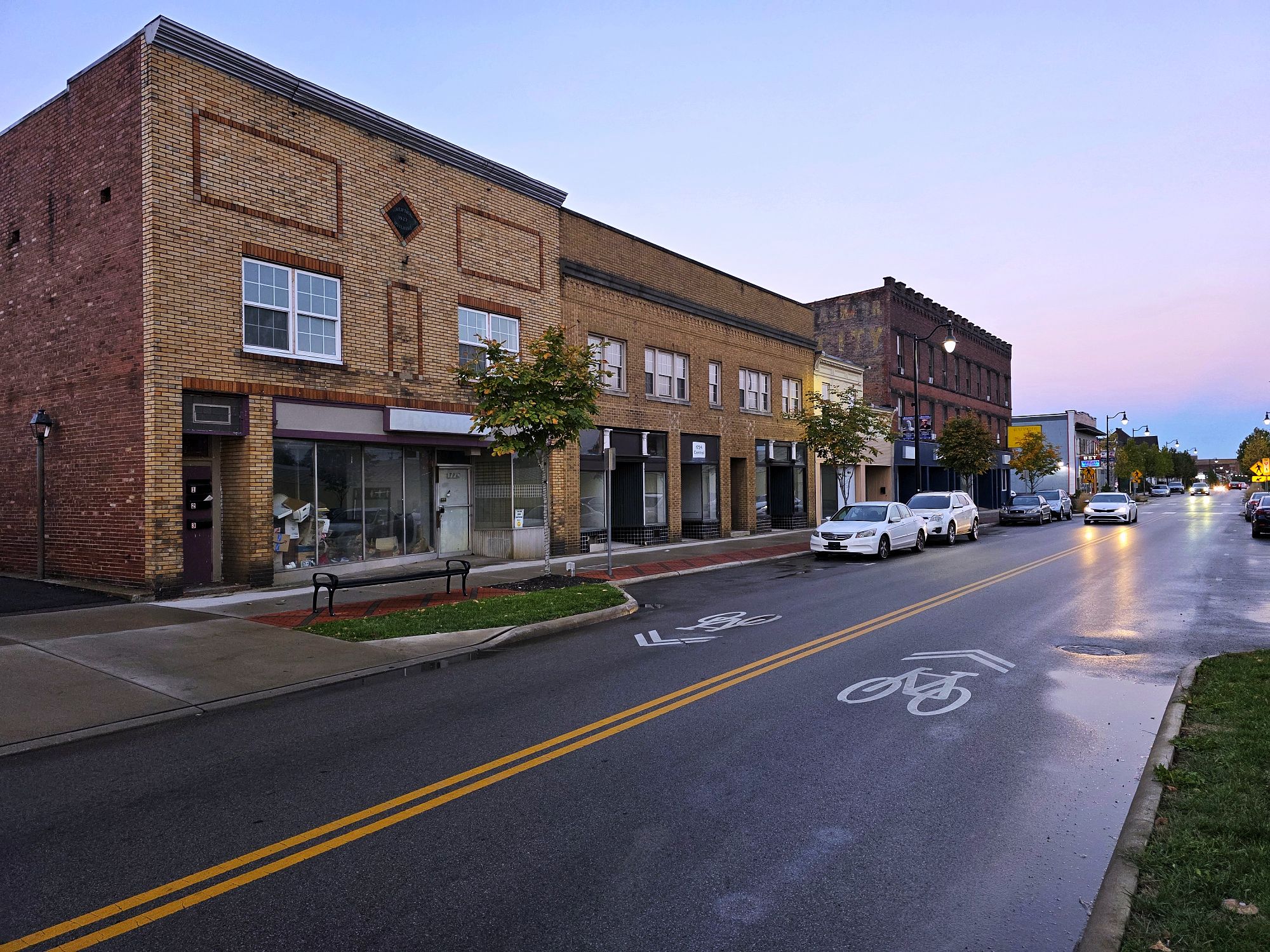Registration fees, penalties, vacant property plan submissions and other requirements line up between Sandusky’s and Middletown’s legislation.
Credit: Journal News
Sandusky’s enforcement is completely overseen by the fire department, while Middletown’s requires registration with the city’s administrative services department.
In 2012, when Sandusky’s legislation was passed, the number of vacant properties was 130 citywide.
There are now about 20 vacant properties, according to Tom Salmons, fire prevention officer in the Sandusky Fire Department. Salmons oversees vacant property enforcement for the city.
“The biggest thing is definitely not dropping the ball ... and seeing it all the way through,” Salmons told Journal-News. “If there’s never a consequence or there’s a never a follow through, nobody will ever adhere to the rules.”
Since the number of vacant properties has decreased, Salmons said development in Sandusky has “increased tremendously.”
VACANT MIDDLETOWN PROPERTIES
A Journal-News investigation

A Journal-News investigation found Middletown city leaders are not enforcing city ordinances meant to hold owners of downtown vacant properties accountable.
‘Partnership and progress’
The city of Hamilton adopted a program similar to Sandusky’s, including near identical fees and annual registration with the fire department.
Mallory Greenham, chief of staff for Hamilton City Manager Craig Bucheit, spearheaded the city’s vacant property legislation, which was adopted in 2020 for commercial properties and 2021 for residential properties.
Though Hamilton does not track vacancy specifically by district, the number of identified vacant commercial and residential properties peaked at 564 citywide in 2021.
As of October, the number has gone down to 319 residential and commercial properties.
“The program’s intent centers on safety, accountability and revitalization,” Greenham told the Journal-News. “We ask owners to tell us about the property, secure it and share their plan for what’s next, ideally bringing it back into productive use. Our goal isn’t for owners to simply pay a fee and walk away, it’s about partnership and progress, not revenue.”
Effective vacant property legislation can be “critical” to maintaining “healthy, safe and vibrant neighborhoods,” according to Middletown spokesman Clayton Castle.
“Enforcing standards for these properties helps beautify neighborhoods, encourage responsible ownership and promote economic investment to make Middletown a better place to live, work and enjoy life,” said Castle. “It also signals to residents and potential developers that the city is committed to revitalization and community pride.”
He said while the city’s upcoming development code update will not “directly” address vacant properties, the city will use similar resources to explore how it can further goals of vacant property legislation.
“Ultimately, every chapter of the Middletown Codified Ordinances ... serves as a cross-purpose of making Middletown a healthier and safer community, which is the end goal of all we do as a city,” he said.
About the Author

